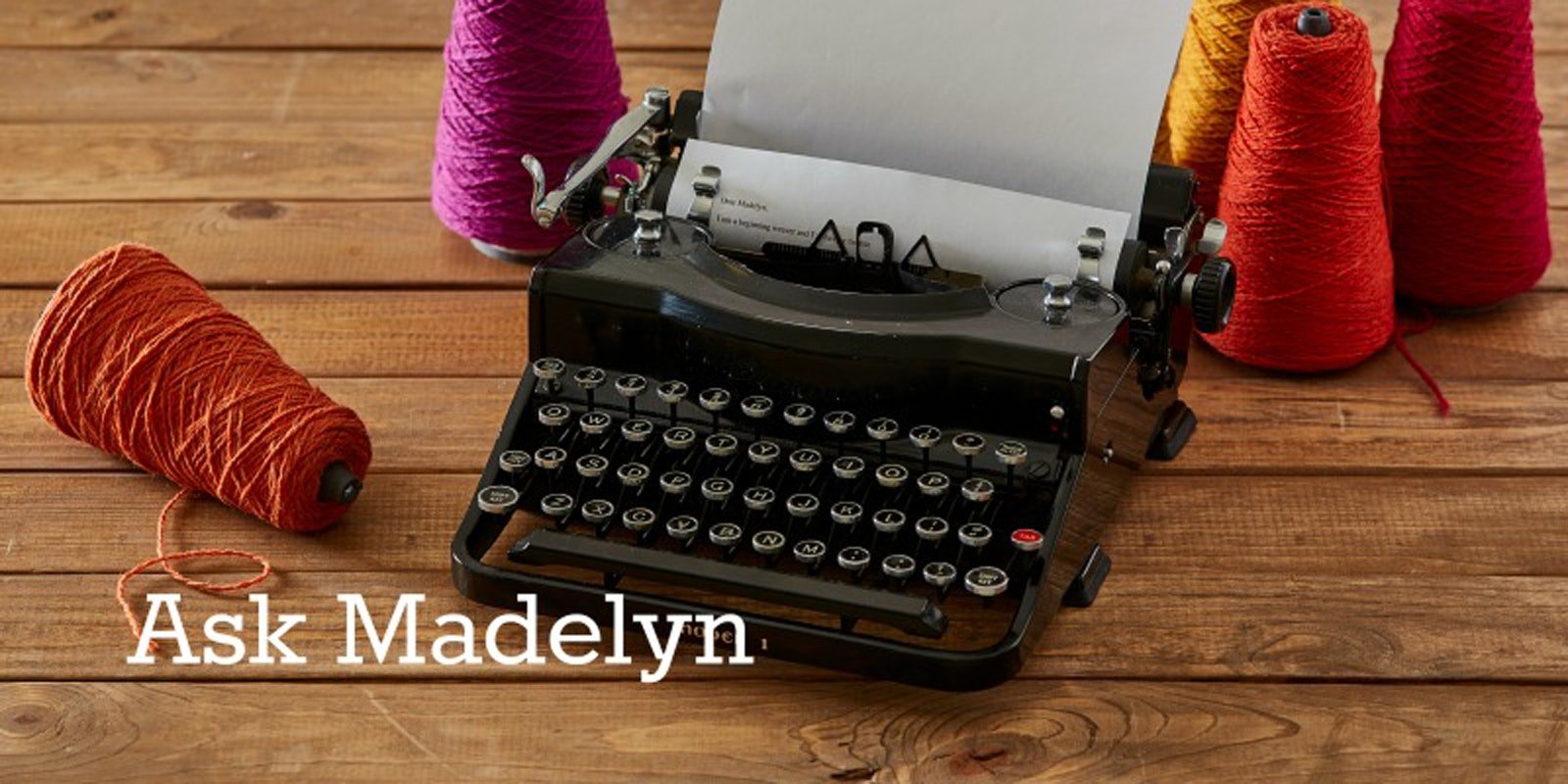| ||||
I’ve heard that some weavers use a finer weft thread in the hems than in the body of a piece. Is this to prevent the fabric from flaring at the hems, especially if you are sewing hems by machine? I’ve found that using the same weft for the hems as in the rest of the piece works fine if I first pin, press, and then handsew hems. However, for production weaving, it sure would be nice to get an acceptable hem with a sewing machine. Thanks, Penny Hi Penny! Recently, I had a similar question from a reader who was weaving the Christmas Holly Towels (Handwoven, November/December 1994, page 86; also in Best of Handwoven, Top Ten Towels on Eight Shafts). Hems tend to flare most when the hem is woven in plain weave but the body of the piece is woven in a structure with fewer interlacements per inch than plain weave, as in the case with these towels. The body of the towel is woven in 2/2 twill. Since the weft thread interlaces half as often in 2/2 twill as in plain weave, the plain-weave section flares out to accommodate the weft as it interlaces with every warp thread. The same issue can occur when plain-weave hems are used with lace weaves. This is not usually a problem with supplementary-weft pattern weaves such as summer and winter or overshot since the ground cloth is also plain weave. The absence of the supplementary weft in the hem sections can even mean that the they are slightly narrower than the pattern sections. Most weavers use a finer weft in the part of the hem that is folded under, the part that doesn’t show, in order to reduce hem bulk (not necessarily to prevent flaring). But a finer weft in the part of the hem that shows would affect its appearance. My preference in the case of the Holly Towels would be to use a finer weft only in the part of the hem that doesn’t show. To minimize flaring in pieces like these towels, I’d weave fewer picks per inch in the hem section than would produce a balanced plain weave. If the hem still flares when the cloth is removed from the loom, I would do as you do, pin, press (blocking to even the edges and ease in any extra width), and then sew by hand. If you wanted a machine-sewn hem, you could pin, baste, press, and then machine sew. The only reason I can think of to prefer a machine-sewn hem to one done by hand is to allow frequent washings, as for dish towels. Otherwise, even for production, I’d prefer hand sewn hems on handwoven cloth.
|



